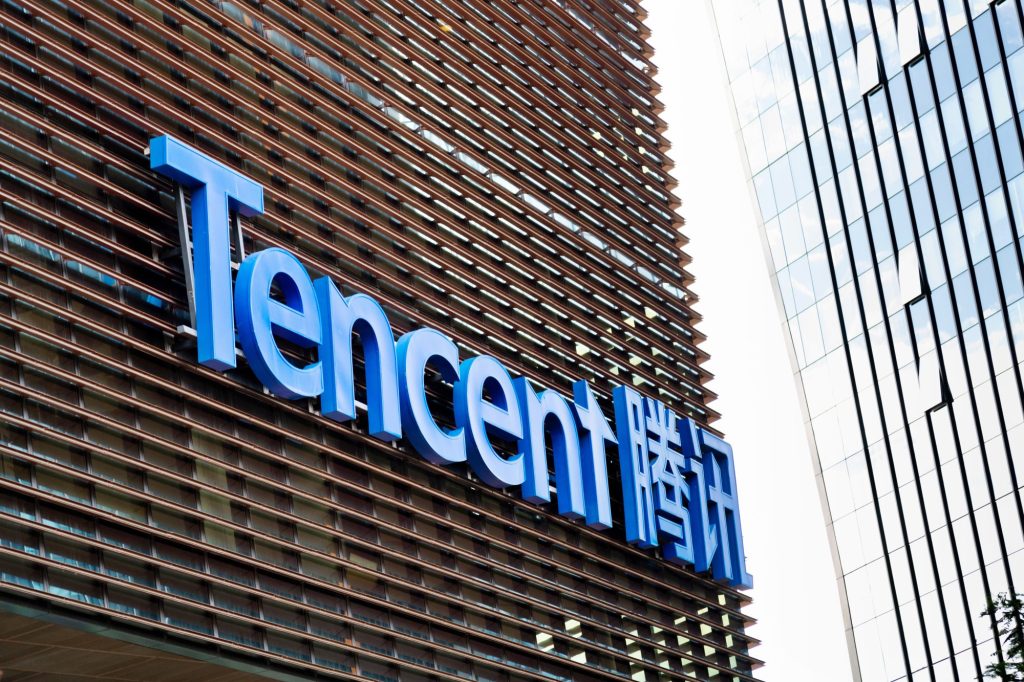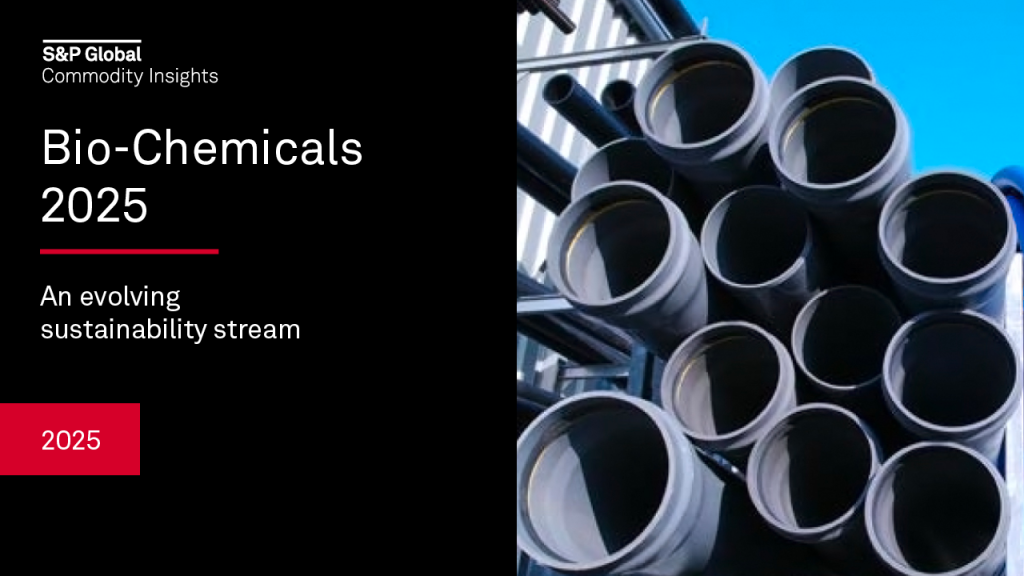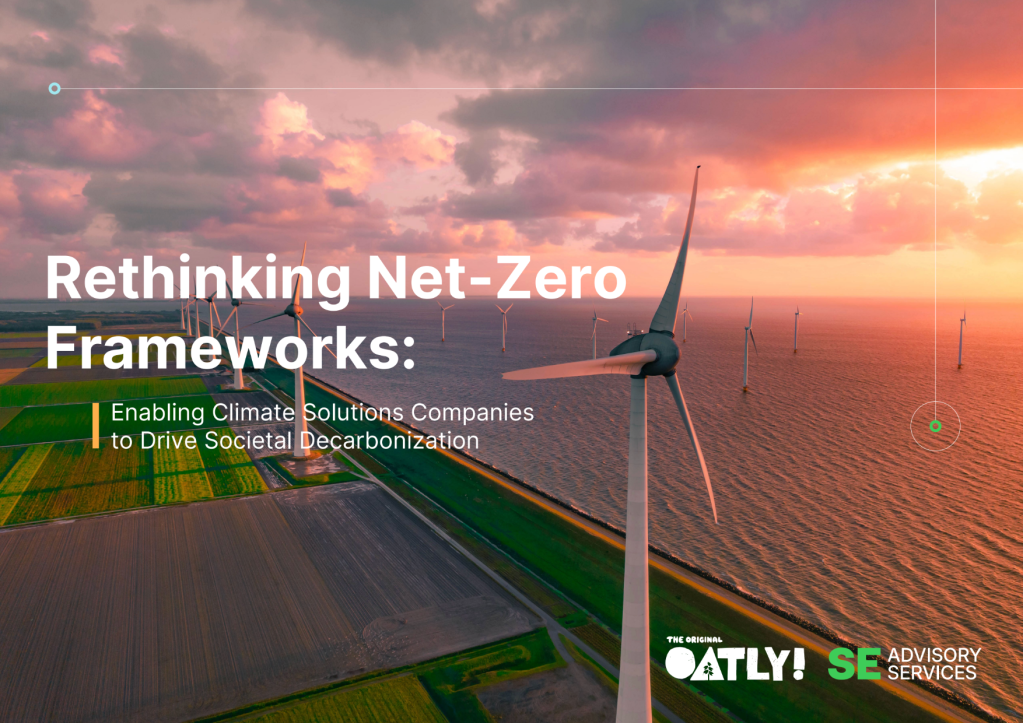How Tencent uses prizes to accelerate progress to net zero
The Chinese tech company funds innovation competitions to help generate decarbonization solutions that it and others can deploy. Read More

- Fifty finalists are vying for Tencent’s second innovation prize, which is focused on carbon removal and other climate technologies.
- Benefits for Tencent include the chance to secure offtake agreements for carbon credits generated by companies that enter the prize.
- Tencent expects to retire around a million credits annually to hit its 2030 carbon-neutral pledge.
Chinese tech giant Tencent is investing tens of millions of dollars in innovation competitions in carbon removal and other areas as is it looks to cut emissions and define a role for itself as a sustainability leader.
The company, which generated revenues of $92 billion in 2024 from messaging and payments platform WeChat and other products, has pledged to become carbon neutral by 2030 — with credits used to neutralize ongoing emissions — and net zero by 2050. Major U.S. tech firms, including Microsoft and Google, have similar goals and, like Tencent, are focusing on renewable energy as a core strategy. But Tencent is taking a different path with its additional focus on prizes.
“Our thesis is to accelerate low-carbon technology innovation by supporting first-of-a-kind pilot projects,” said Hao Xu, the company’s head of climate innovation.
Tencent’s first competition, CarbonX 1.0, opened to Chinese companies in 2023. The call for proposals elicited 300 entrants, from which 13 winners were awarded a total of $13 million. Winners included a modular direct air capture system developed at Zhejiang University and technology developed by the startup Feynman Dynamics that converts carbon dioxide into sustainable aviation fuel.
The funding is designed to help young companies overcome the “valley of death” between laboratory work and commercialization — an issue Xu said Tencent identified as the “real bottleneck” to scaling emerging low-carbon technologies.
Partners get products to market
Alongside the financial support, Tencent is connecting winners with larger companies that can help bring products to market. One example: Suzhou Kunsheng Biodegradable New Material Company, which produces a foam for cushions made from captured carbon, is partnering with HAY, a Danish furniture maker that plans on using the foam in its products.
Last month, Tencent announced 50 finalists for CarbonX 2.0, a global competition with a $28-million prize pot that attracted more than 660 applicants from 54 countries. Entrants span CO2 removal, carbon capture in the steel industry, products made from captured carbon and long-duration energy storage. Product partners in this second phase include McDonald’s China and PepsiCo, with winners expected to be announced next year.
Another benefit: Carbon credits
The funding is designed to drive decarbonization across multiple sectors, but Tencent is also using the competitions to accelerate its own net-zero journey. To fulfill its 2030 carbon-neutral goal, for example, the company will need to retire around a million metric tons of carbon credits annually. Xu anticipates that some of the companies in the competitions will generate carbon credits that Tencent will sign offtake agreements for.
The company is also considering creating a third competition next year, likely smaller in scale, to incentivize commercialization of building materials, which would be used in the ongoing construction of its new headquarters in Shenzhen.
Tech-sector climate ambition
Companies in the U.S. and Europe also fund competitions, including a 2024 innovation challenge aimed at low-carbon materials that was backed by Microsoft. But the most prominent climate-related competitions have been led by XPRIZE, the nonprofit that oversaw a $100 million carbon removal prize and is now developing a methane mitigation competition. Tencent’s approach is notable in the private sector for both its scope and the size of the financial commitment.
The company’s investment in prizes extends its core climate strategy, which is focused on reducing emissions from data centers and other sources. Tencent’s commitment to cut operational emissions 70 percent by 2030 has been validated by the Science Based Targets initiative, alongside its goal to shave 30 percent off emissions from suppliers, product use and other indirect sources in the same timeframe. Longer-term, it’s targeting a 90 percent reduction across all sources by 2050.
Together with Tencent’s 2030 carbon-neutral goal, these targets roughly match the ambition of U.S. tech companies that are seen as leaders on climate, including Google and Microsoft. But Xu argued that the tech sector must pass the baton soon.
“If you look at the decarbonization journey for the whole planet, technology companies shouldn’t be the major force simply because their emissions are limited in absolute terms,” he said. “But we are inspired to be the risk-takers. What we can do is to push the technology forward.”

Subscribe to Trellis Briefing
Featured Reports















